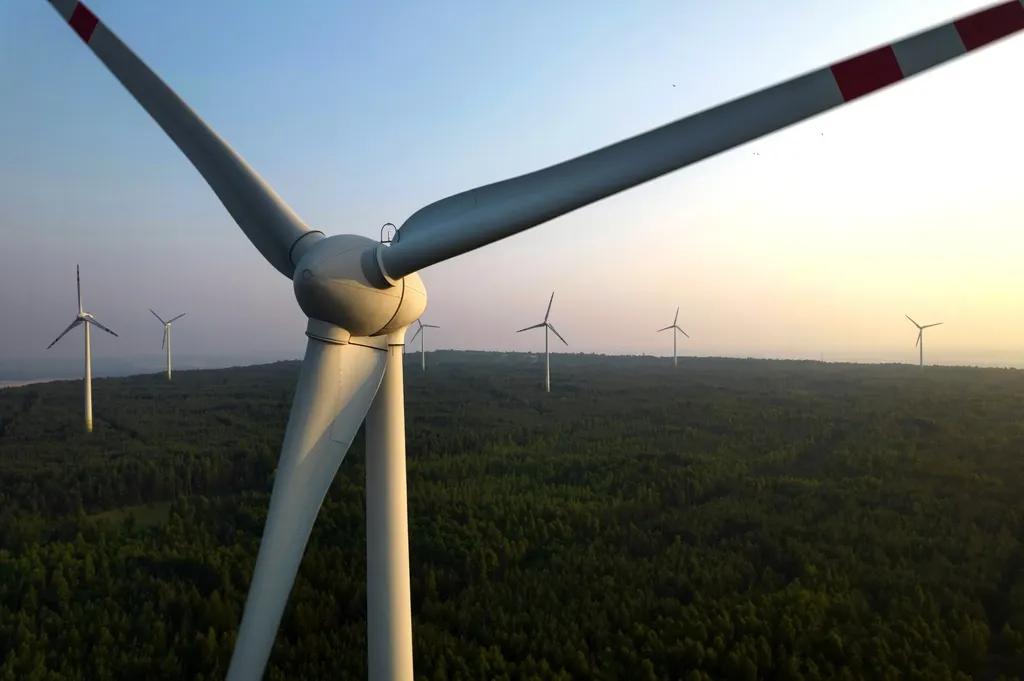In the heart of Poland, a quiet revolution is brewing, one that could reshape the energy landscape not just for the country, but for the entire European Union. Researchers from the West Pomeranian University of Technology in Szczecin have been delving into the potential of home wind installations, and their findings could be a game-changer for the renewable energy sector. Led by Wojciech Lewicki, a faculty member at the university, the study offers a fresh perspective on how small-scale wind turbines can integrate with existing residential energy systems, providing both economic and environmental benefits.
The research, published in the journal Energies, focuses on the profitability and energy potential of home wind installations in Poland. The country, with its ambitious plan to derive 7% of its energy from wind sources by 2030, serves as an ideal case study. Lewicki and his team have been monitoring test wind installations in households over the past year, gathering data that could influence future investment decisions in the renewable energy sector.
“One of the key challenges we faced was the variability of atmospheric factors and the self-consumption of the wind turbine,” Lewicki explains. “Predicting these factors accurately is crucial for assessing the economic efficiency of such investments.” The team used Net Present Value (NPV) and Internal Rate of Return (IRR) methods to evaluate the market value and economic efficiency of these installations. Their findings suggest that, with the right support, these investments can be highly profitable.
The study highlights the importance of government support programs, such as the “Moja Elektrownia Wiatrowa” (My Wind Farm) initiative, which offers financial aid and tax reliefs. These programs significantly reduce the payback period, making investments in home wind installations more attractive. “Without this support, the payback period would be longer, but still profitable,” Lewicki notes. “However, in regions with moderate wind conditions, investing in energy storage systems can further optimize auto-consumption and increase efficiency.”
The research also underscores the need for advanced forecasting methods to predict wind farm energy production accurately. Lewicki and his team propose exploring Gaussian Process Regression (GPR) models and other machine learning algorithms like XGBoost and gene expression programming. These tools could enhance the accuracy of energy production forecasts, making wind energy a more reliable and attractive investment option.
The implications of this research extend beyond Poland. As the EU pushes towards a greener future, the integration of small-scale wind turbines with residential energy systems could become a common sight. This shift could lead to a more decentralized energy grid, reducing reliance on large-scale power plants and promoting energy independence.
For the energy sector, this means new opportunities for investment and innovation. Companies specializing in renewable energy technologies could see a surge in demand for small-scale wind turbines and energy storage systems. Moreover, the development of advanced forecasting tools could open up new avenues for data analysis and predictive modeling.
As Lewicki and his team continue their research, they hope to inspire further discussion and exploration in this field. “Our work is just the beginning,” Lewicki says. “There’s so much more to explore, from the economic benefits to the environmental and social impacts. We believe that integrated renewable energy systems could be the future of residential energy.”
The study, published in Energies, provides a comprehensive analysis of wind turbine productivity based on real data, filling a gap in the existing literature. It serves as a call to action for policymakers, investors, and energy advisors to consider the potential of home wind installations. As the world moves towards a more sustainable future, this research could be a significant step in that direction.

